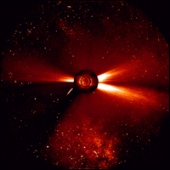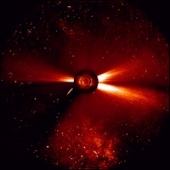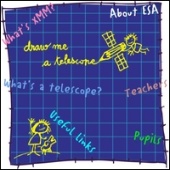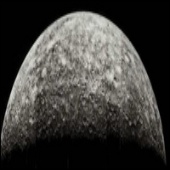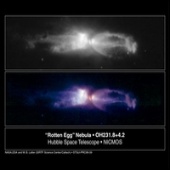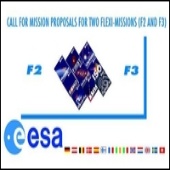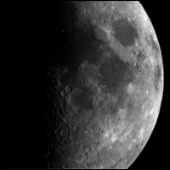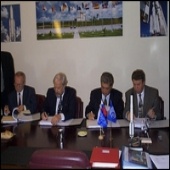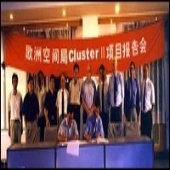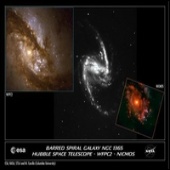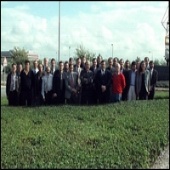ESA Science & Technology - News Archive
News archive
News archive
Published: 4 November 1999
Published: 4 November 1999
Published: 4 November 1999
Published: 4 November 1999
Published: 29 October 1999
Published: 29 October 1999
Published: 27 October 1999
Published: 26 October 1999
Published: 20 October 1999
Published: 19 October 1999
Published: 18 October 1999
Published: 15 October 1999
Published: 14 October 1999
Published: 8 October 1999
Published: 7 October 1999
Published: 6 October 1999
Published: 6 October 1999
Published: 5 October 1999
Published: 5 October 1999
Published: 1 October 1999
—
20 Items per Page



